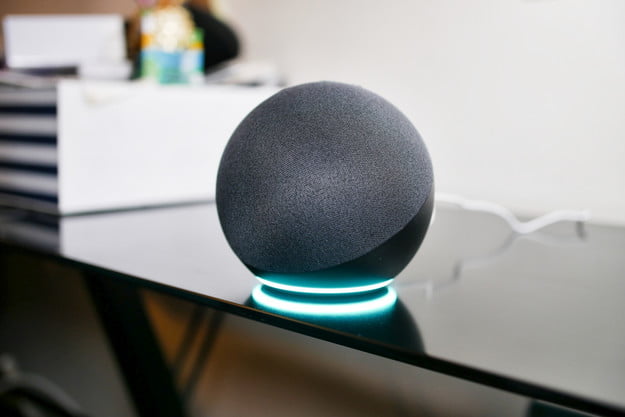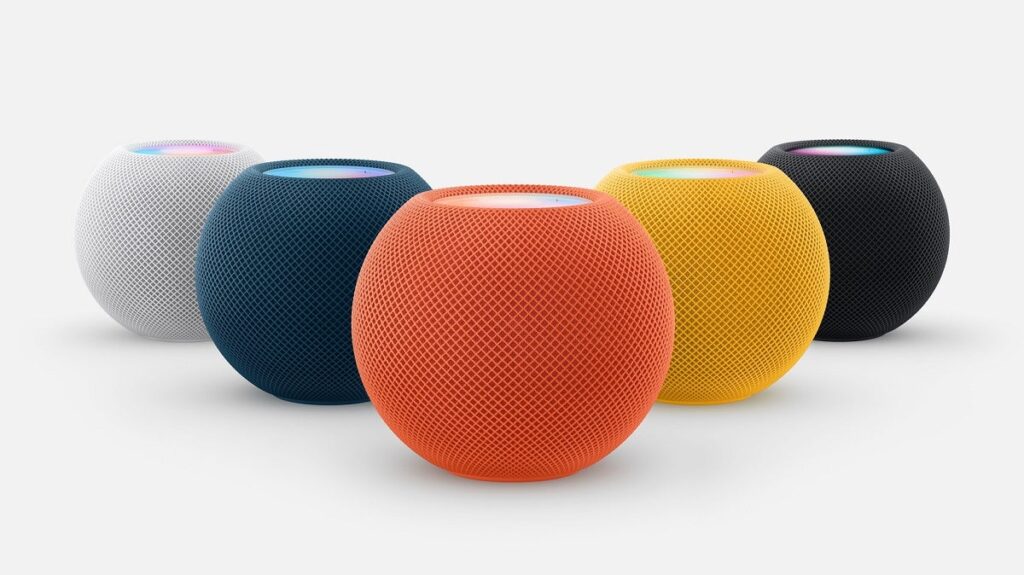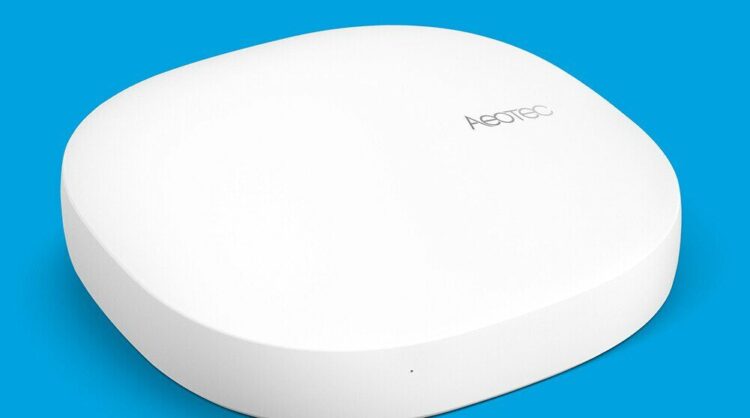Smart Home Hubs aren’t usually the first item someone buys when they embark on their smart home journey, but they’ll quickly encounter them when they look for more products to fuel their “Hobby”
You need a hub if you plan on having a lot of different types of smart devices in your home or office, such as lights, cameras, thermostats, locks, and so on. If not, there are standalone options available for those who only want certain types of gadgets – for example, an Alexa-enabled speaker can be used to control music streaming throughout the house without needing to buy additional hardware.
Adding more and more products will quickly congest your Wi-Fi network and slow down your speeds, Smart Home Hubs will help with your network congestion, as your products will be communicating with your hub, not your Wi-Fi network.
What’s A Smart Home Hub?
A Smart Home Hub is a common component of home automation networks. It is the central location for all smart devices, where they can connect to the internet and communicate with each other. The hub will then relay instructions from its apps to the appropriate device, instructing it what to do.
A typical Smart Home Hub connects to all your different smart devices and provides a platform for them to interact with each other, like talking to each other and sharing information, and integrating together to provide an amazing consumer experience.
The devices that your Smart Home Hub can integrate range from simple ones like light bulbs, thermostats, door locks, and vacuum cleaners, to complex ones such as security cameras, air conditioners, or even a 3D printer, Depending on the Hub.
How Smart Home Hubs Work
Smart Hubs use a series of communication chips built into the hub, as opposed to devices that operate without a hub, which use Wi-Fi. The most frequently used Communication Protocols are Zigbee and Z-Wave.
Zigbee: Zigbee is a communication protocol that is based on the 2.4GHz band, which is the same frequency that Wi-Fi operates on. Zigbee has the advantage of being extremely power-efficient and has a high amount of accessories that can integrate with your smart hub.
Z-Wave: Z-Wave is a wireless communication technology that creates a mesh network inside of homes. It’s specifically designed to allow smart devices to talk to each other without the use of WiFi or Bluetooth and has a high range of communication, which means that even devices far from the hub can still communicate efficiently. Z-Wave has the advantage with its mesh networking capabilities, which means that your smart Z-Wave Devices will create a mesh network around your home, and provide devices with a stable connection.
Should You Buy a Smart Home Hub?
Some Smart Products like Phillips Hue and other Smart Lights don’t have Wi-Fi as a communication method, as they only rely on Zigbee or Z-Wave to communicate, and as communication methods like Matter become more relevant, the need for a hub will only go up.
Without a smart hub, your options for sensors will be severely limited, the only Wi-Fi motion sensor that exists is huge, and most of it is a battery, that’s because Wi-Fi is very power-hungry.
Z-Wave however, has multiple types of sensors, from motion, to contact sensors to humidity and even electricity meters. Zigbee also has a lot of varieties, and if you plan on going from a smart home to an automated home, you will want sensors sooner or later.
What’s The Best Smart Home Hub?
Smart Hubs come in all different shapes and sizes, from cloud-based, to locally based, to even DIY options, and the best will depend on your needs, and how much time you wanna spend working on them.
Amazon Echo (4th Generation) – Best Hub With Voice Assistant

The Amazon Echo 4th Gen is a smart speaker and voice assistant device which uses the Alexa personal assistant. The 4th gen Echo has Wi-Fi, Bluetooth, and Zigbee, which makes it a great starter hub for new smart home enthusiasts. It also has Amazon Sidewalk, which is a new power-efficient and long-range protocol built by Amazon.
The multiple communication protocols built into the device open the doors for a huge amount of accessories and sensors. and by using Alexa Routines, you will be able to achieve smooth automation with the integration of all of your devices.
Aeotec Smart Home Hub – Best Out of The Box Option

This Hub used to be called the SmartThings V3 before Samsung stopped manufacturing it, and licensed the software to Aeotec. The Hub runs Samsung’s software, with Aeotec’s Hardware.
The hub has Wi-Fi, Zigbee, and Z-Wave, which makes it compatible with many products that work with SmartThings like locks, cameras, speakers, Smart Lights, and Doorbells. Samsung’s SmartThings app is clean and packed full of functionality.
Home Assistant – Best DIY Option

Home Assistant (Commonly Known as Hass.io) is the best DIY option for smart home hubs, and it has the most integrations out of all the hubs, and it works with whatever protocol you want to use, just purchase the USB dongle, plug it into your hub, and set it up.
However, Since Home Assistant is open-source, you will run into problems, a lot of problems especially if you are not a developer or tech-savvy. Their Community is helpful and will try to solve all of your problems. Home Assistant is also improving rapidly, and they’re ironing out all the bugs.
Home assistant is commonly installed on a Raspberry Pi, some people use a VM, or even an intel NUC, it really depends on your specific needs and capabilities.
The best thing about HomeAssitant is that it’s 100% Local, and doesn’t depend on another companies cloud servers. If you plan on using home assistant, be ready to waste time and use trial and error to solve your problems.
Apple HomePod Mini – Best Hub With The Thread Protocol

The Apple HomePod Mini is the only speaker that has the Thread protocol, which is the same protocol that Matter uses. There arent many Thread accessories, but as the protocol grows, there are going to be newcomers on the market with new innovation.
The HomePod Speaker Itself is amazing and uses Apple Siri as a voice assistant. It also has a Quality for such a small body. and if your home use HomeKit, it’ll be a perfect addition.














